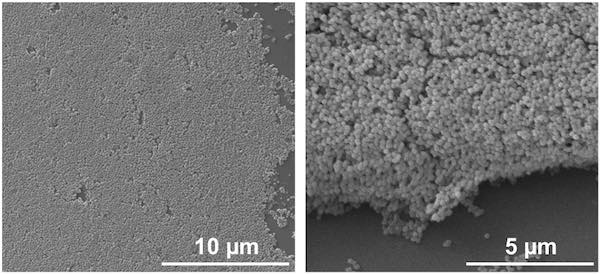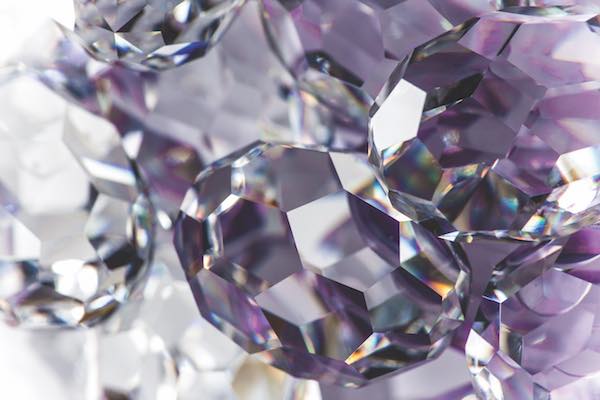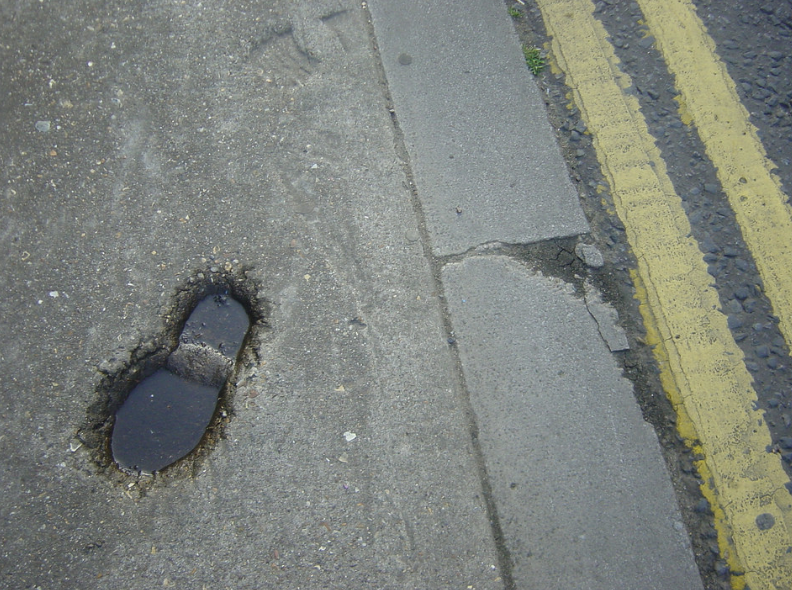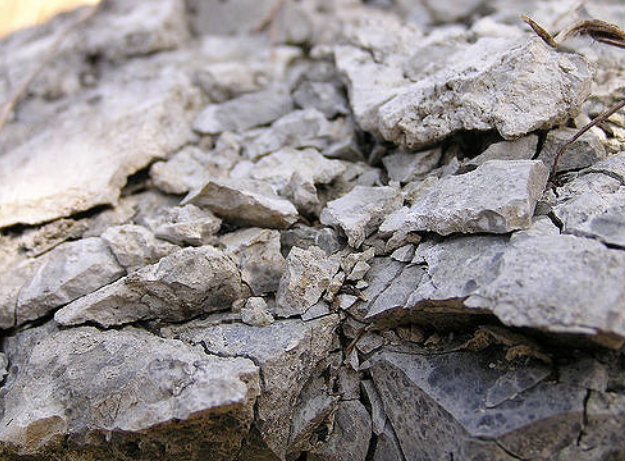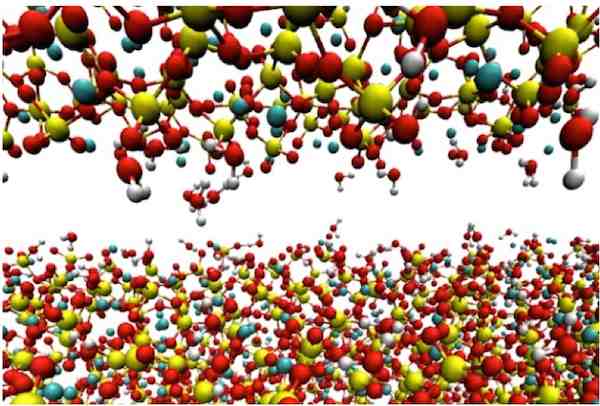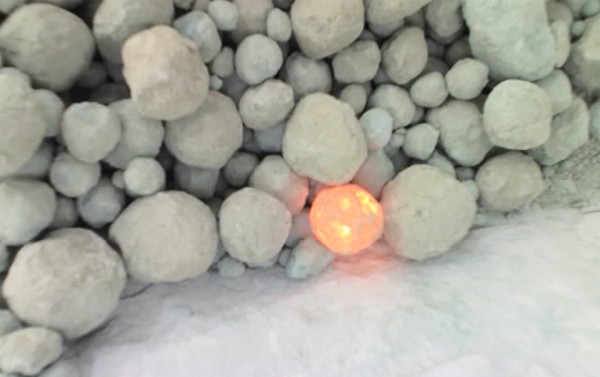Scientists have developed an environmentally-friendly material that could eventually replace conventional Portland cement in concrete. The new composite, consisting mostly of fly ash, was found to be as structurally strong as Portland cement.
Read MoreResearchers have created a high-performance ceramic composite that is strong, durable, and resistant to heat and radiation. The findings could be useful in industries that require highly functional and durable ceramic materials—such as nuclear power plants, aerospace, and oil and gas industries.
Read MoreAfter collecting extensive data, researchers at Rice University (Houston, Texas) can definitively say that, when it comes to porous nanoparticles, size matters—and, in the process, they’ve made some surprising discoveries about how size affects the materials’ intrinsic properties.
Read MoreThe January/February 2018 issue of the ACerS Bulletin—featuring articles about new facets for defects in ceramics, innovative new concretes, the NSF CAREER Class of 2017, and much more—is now available online.
Read MoreRice University researchers delved deeper into concrete’s inner workings to detail previously unexplored aspects that affect the energy required to manufacture the ubiquitous material and that could slash emissions.
Read MoreRice University researchers (Houston, Texas) want to know what makes concrete stronger and tougher. And after analyzing more than 600 computer models of concrete’s inner matrix, they determined that both voids and particles are key players in giving the material its remarkable qualities.
Read MoreResearchers at Rice University in Houston, Texas, say looking at defects could be key to ‘greener’ concrete production that will reduce concrete manufacturing’s impact on climate change.
Read MoreCommercially viable graphene may be out of the lab and into our electronics sooner than we think. Physicists at the University of California, Berkeley, present a graphene-based wideband microphone and a related ultrasonic radio that can be used for wireless communication with easy-to-scale-up technology.
Read MoreNew research from Rice University shows how simulations can help advance the quest for better concrete, by modeling the atomic interactions within calcium-silicate-hydrate.
Read MoreAn improved process that increases cement manufacturing’s efficiency while reducing spent energy could be key in reducing emissions even further, say Rice University researchers.
Read More


